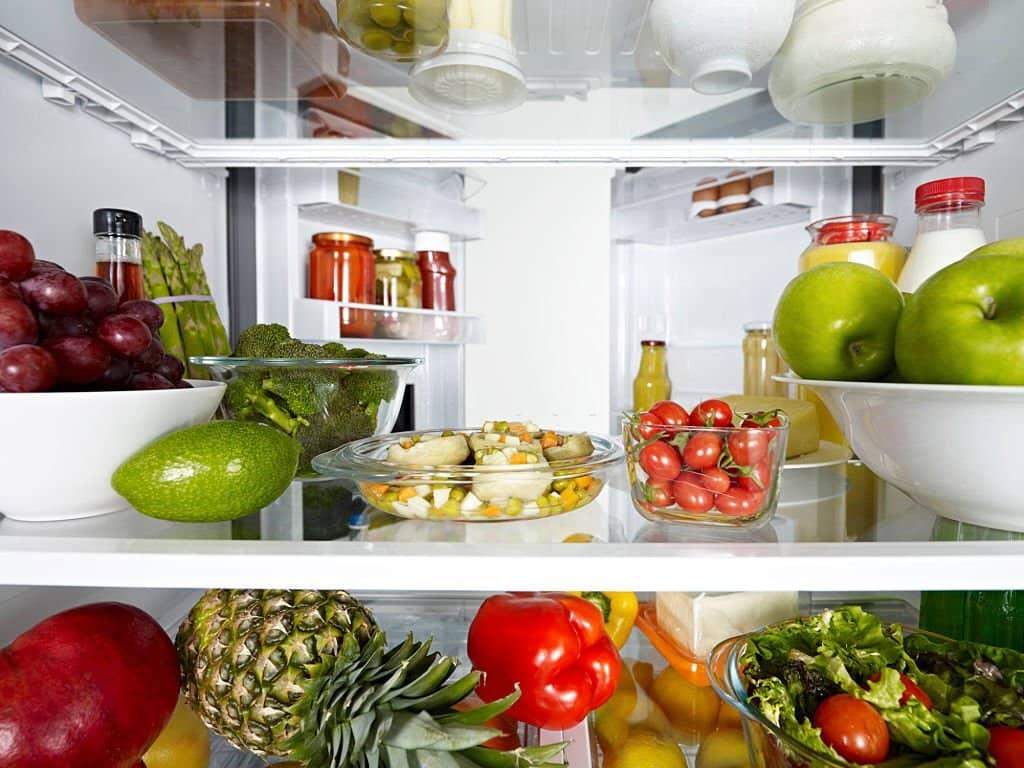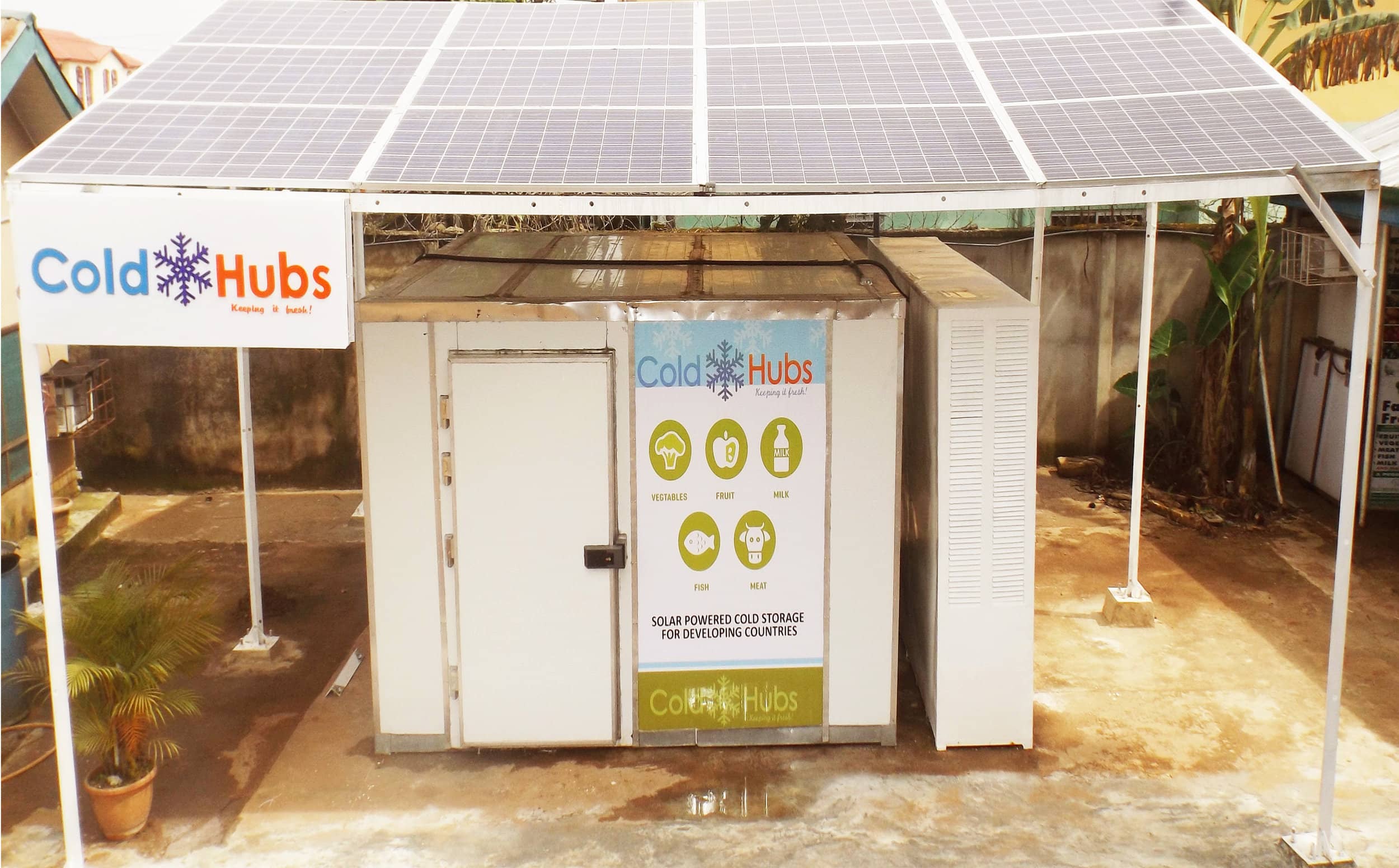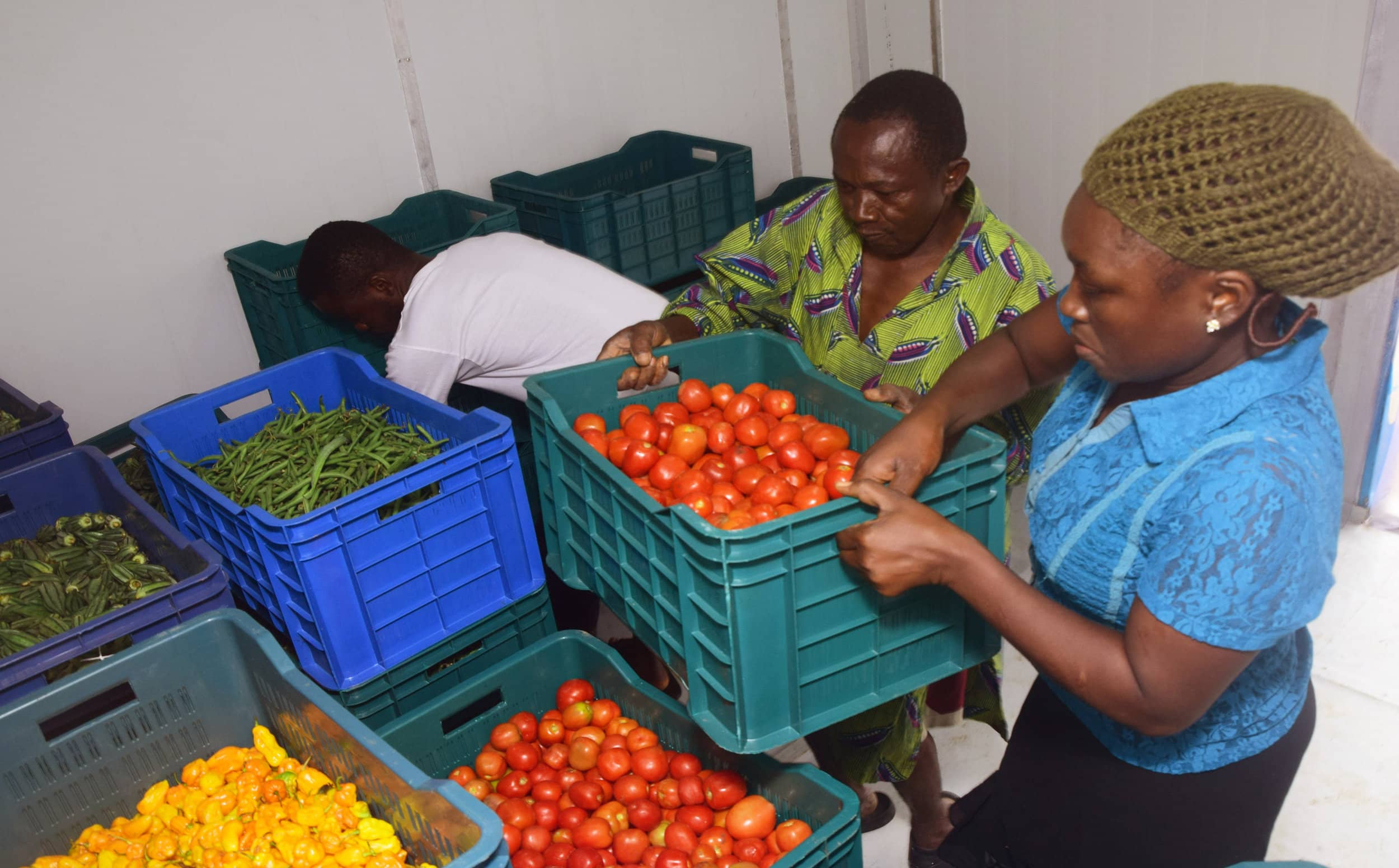solar cold room
Watch the video
Principle :
A solar cold room is a refrigerated storage facility that uses solar energy to maintain a low temperature inside. It is equipped with solar panels that capture sunlight and convert it into electricity to power the refrigeration systems. These cold rooms are particularly useful in remote or rural areas where access to electricity is limited or nonexistent. By providing a reliable and sustainable refrigeration solution, they allow for the preservation of food, agricultural products, medicines, and other perishable items, thereby extending their shelf life and reducing spoilage. Additionally, they can improve food security and farmers' incomes by enabling the storage of crops for longer periods, accessing more distant markets, and selling products at higher prices. The use of solar energy for cooling also contributes to the reduction of greenhouse gas emissions and the promotion of sustainable agricultural practices.
Advantages :
- Energy Independence: Solar cold rooms use solar energy, making them autonomous and independent of the electrical grid. This is particularly beneficial in remote or rural areas where access to electricity is limited or nonexistent.
- Reduced Spoilage: By maintaining a constant low temperature, solar cold rooms allow for the preservation of food, agricultural products, and medicines for longer periods. This reduces spoilage and improves food security.
- Environmental Impact: Using solar energy for cooling reduces greenhouse gas emissions compared to traditional refrigeration systems powered by fossil fuels. This contributes to combating climate change and promotes more sustainable practices.
Disadvantages :
- High Initial Cost: Installing solar panels and refrigeration systems can be a significant upfront investment. This may be a barrier for communities or farmers with limited financial resources.
- Weather Dependence: Solar cold rooms rely on the availability of sunlight. In regions with prolonged periods of bad weather or low sunlight, the system’s efficiency can be compromised.
- Maintenance and Repairs: Solar systems require regular maintenance to operate optimally. Additionally, if a breakdown occurs, specialized knowledge may be needed for repairs, which can be challenging to find in some remote areas.



0
0
votes
Article Rating
Subscribe
Login
0 Comments
Oldest
Newest
Most Voted
Inline Feedbacks
View all comments